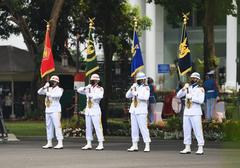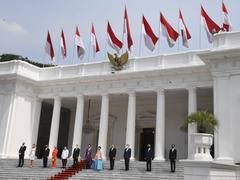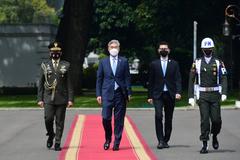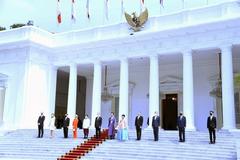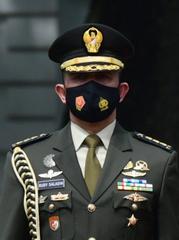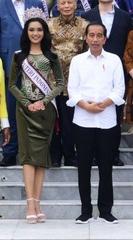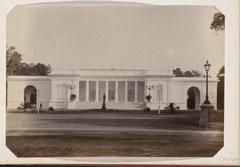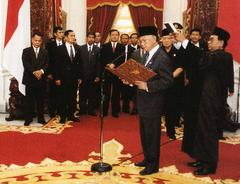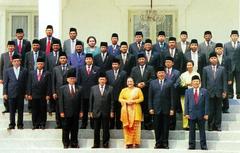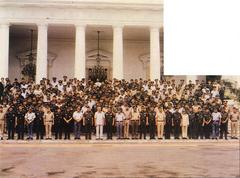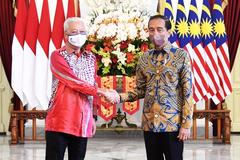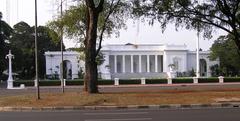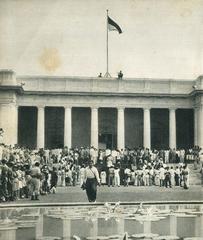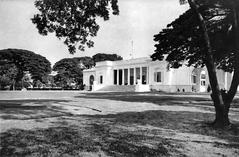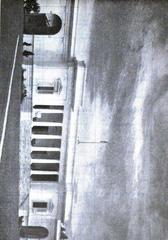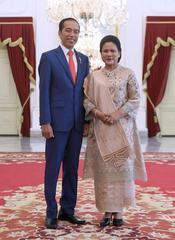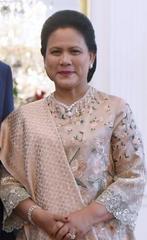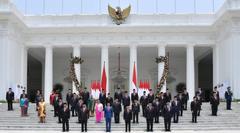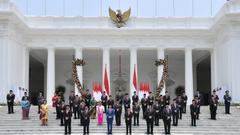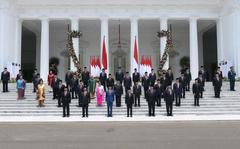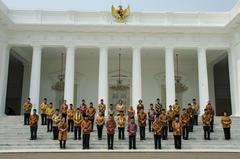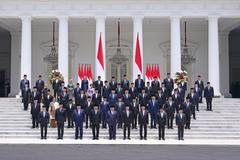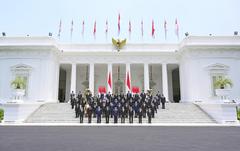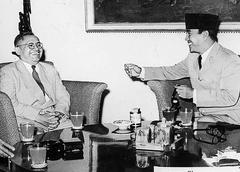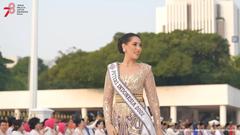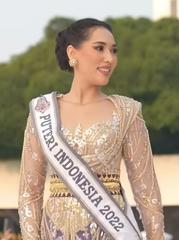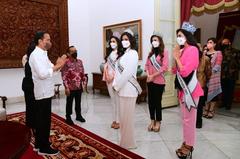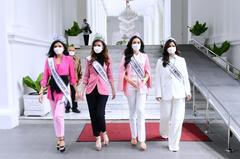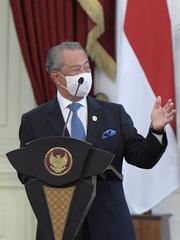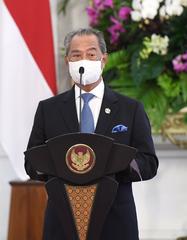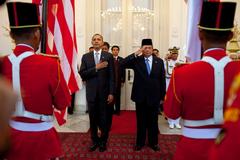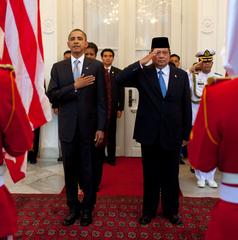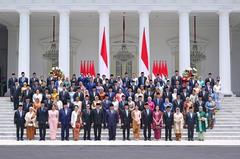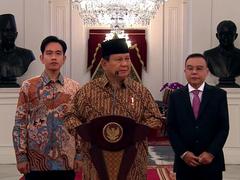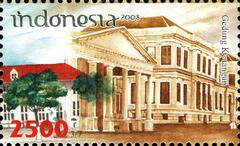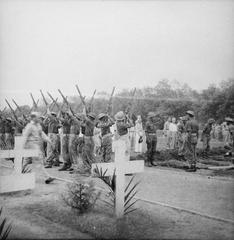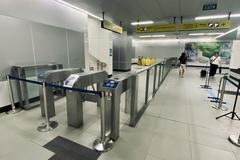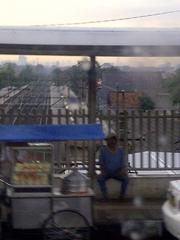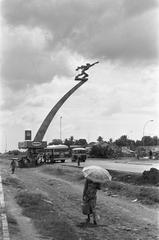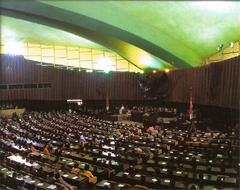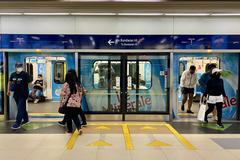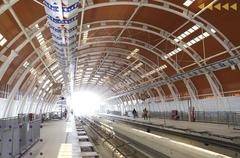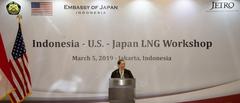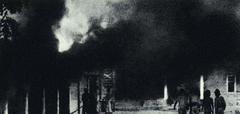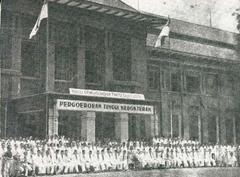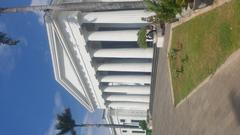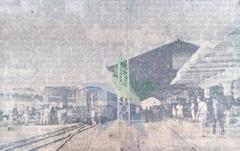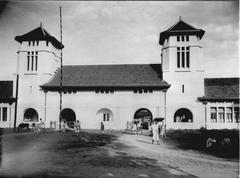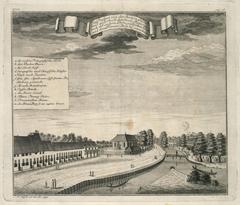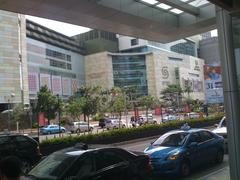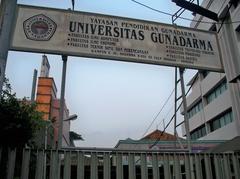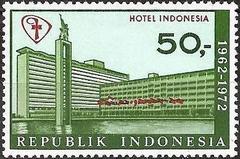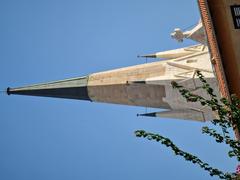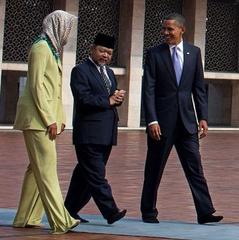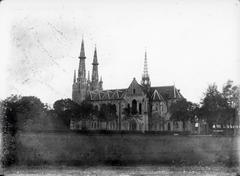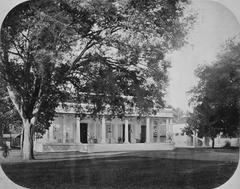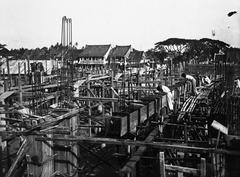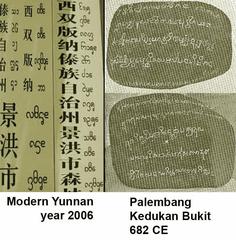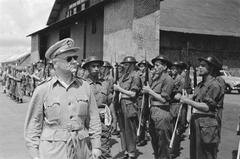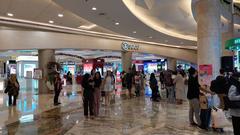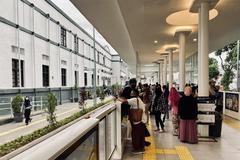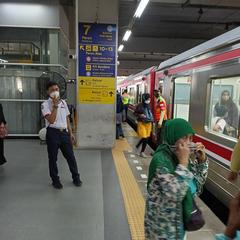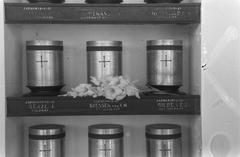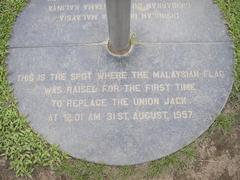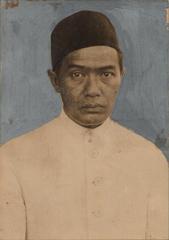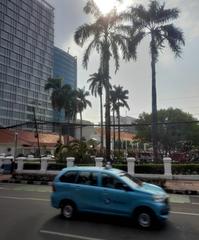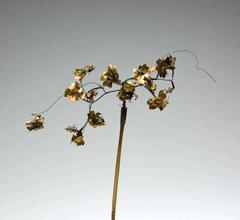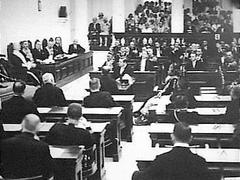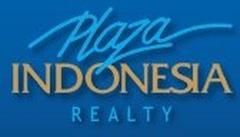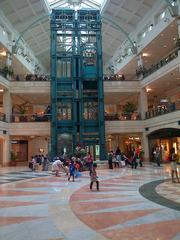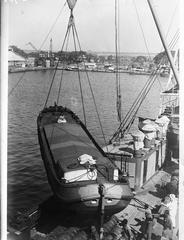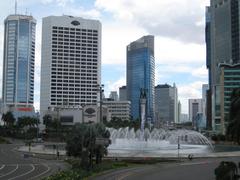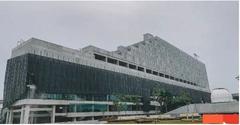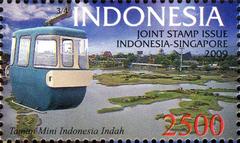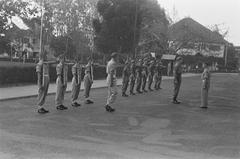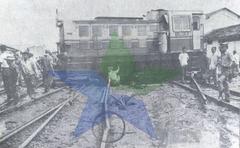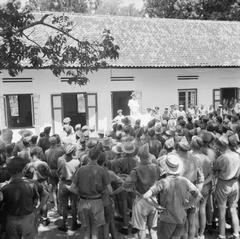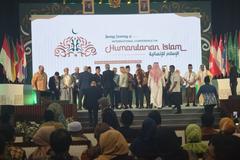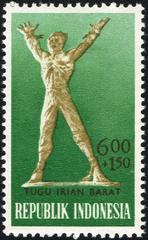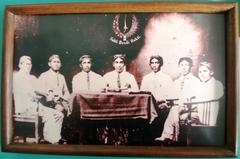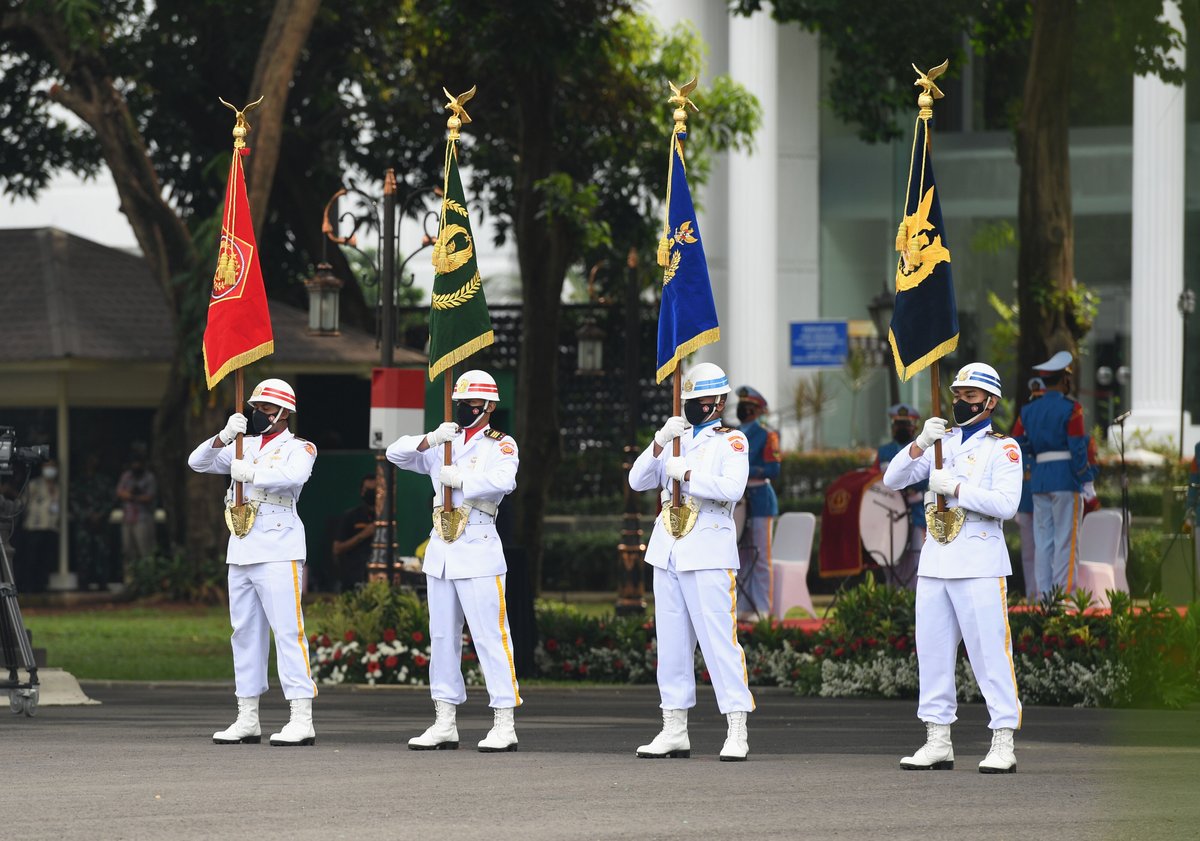
Complete Guide to Merdeka Palace: Visiting Hours, Tickets, and Jakarta Historical Sites
Date: 14/06/2025
Introduction: The Significance of Merdeka Palace
Merdeka Palace (Istana Merdeka) stands as a central symbol of Indonesia’s journey from colonial subjugation to national independence. Originally constructed between 1873 and 1879 as the official residence for the Dutch East Indies Governor-General, its neoclassical architecture—characterized by grand Ionic columns and a stately, symmetrical façade—reflects colonial power adapted to the tropics. After Indonesia’s declaration of independence in 1945 and the Dutch recognition in 1949, the palace was renamed “Merdeka,” meaning “freedom,” becoming a potent emblem of sovereignty and the primary presidential residence.
Today, Merdeka Palace remains the heart of the Indonesian executive branch, hosting state ceremonies, diplomatic receptions, and the annual Independence Day celebration. Although public access to the palace interior is strictly limited, visitors can enjoy its impressive exterior and explore the surrounding Merdeka Square, home to other notable landmarks such as the National Monument (Monas) and the National Museum.
This guide provides detailed historical context, architectural highlights, practical visitor information—including hours, ticketing, and accessibility—and recommendations for exploring nearby Jakarta historical sites. For the latest visiting schedules and official updates, refer to government and tourism resources (Wikipedia; Tripoto; Kompas).
Contents
- Colonial Origins and Early Construction
- Role During the Dutch Colonial Era
- Transition to Independence
- Post-Independence Significance
- Architectural Highlights and Preservation
- Visiting Merdeka Palace: Hours, Tickets, and Tours
- Nearby Attractions and Itinerary Suggestions
- Cultural Significance and Civic Role
- Visitor FAQs
- Travel Tips and Practical Information
- Conclusion and Recommendations
- Sources
Colonial Origins and Early Construction
Merdeka Palace, originally known as Paleis te Koningsplein, was constructed between 1873 and 1879 during the Dutch colonial era. Strategically situated on the southern edge of Koningsplein (now Merdeka Square), it served as the residence for the Dutch Governor-General, its location and design emphasizing colonial authority in Batavia (now Jakarta).
The palace’s neoclassical architecture features a grand portico with Ionic columns, symmetrical lines, high ceilings, and spacious verandas—design choices both reflecting European tastes and accommodating Indonesia’s tropical climate (Wikipedia; Tripoto).
Role During the Dutch Colonial Era
Through the late 19th and early 20th centuries, Merdeka Palace was the focal point of Dutch colonial governance. It hosted official receptions, foreign dignitaries, and state ceremonies. The palace grounds included European-style gardens and open lawns, designed to impress and project colonial dominance (Now Jakarta).
Transition to Indonesian Independence
During World War II, the palace was occupied by Japanese forces. After Indonesia declared independence in 1945 and sovereignty was formally transferred in 1949, the palace was renamed Istana Merdeka—“freedom palace”. It became the official presidential residence, marking a pivotal moment in Indonesian history and symbolizing sovereignty and national pride (theeuropetoday.com).
Post-Independence Significance
Merdeka Palace is the primary venue for major state events, including the annual Independence Day flag-raising, presidential inaugurations, and diplomatic meetings such as ASEAN summits. The larger complex also includes Negara Palace, Wisma Negara, the State Secretariat, and the Bina Graha Building, together forming the Presidential Palace complex (Kompas).
Architectural Evolution and Preservation
While the palace’s neoclassical style has been carefully preserved, renovations over the decades have blended colonial elements with Indonesian motifs. Notable interior spaces include the Banquet Room, Reception Hall, Regalia Room, and the Garuda Room, adorned with chandeliers, marble floors, and national symbols. Regular restoration and conservation efforts ensure the palace remains both functional as a seat of government and a heritage site (VOI; Tripoto).
Visiting Merdeka Palace: Hours, Tickets, and Tours
Public Access:
As an active government building, Merdeka Palace is generally not open to the public for tours or casual visits. There are no regular tickets for entry. The palace gates and exterior can be viewed from Merdeka Square at any time (Cestee).
Special Events:
The most accessible public event is the Changing of the Guards ceremony, held on the last Sunday of each month at 8:00 am around the palace perimeter. This free event is popular with locals and tourists.
Guided Tours:
Guided tours of the palace interior are only available on special occasions, such as national holidays or pre-arranged open house days. Registration is required through official channels, and tours may be subject to a nominal fee or security clearance (Holidify).
Accessibility:
The palace surrounds and Merdeka Square feature wide, level walkways and are generally wheelchair-friendly. However, Jakarta’s infrastructure for travelers with disabilities is still developing, so assistance may be needed (Travel.State.Gov).
Getting There:
Merdeka Palace is located in Central Jakarta, easily accessible by MRT, TransJakarta buses, taxis, or ride-hailing services. The closest MRT station is Bundaran HI; Gambir train station and several bus stops are also nearby (Lonely Planet).
Nearby Attractions and Photographic Spots
- Merdeka Square (Lapangan Merdeka): Expansive public park ideal for walking, jogging, and people-watching. Open 24 hours.
- National Monument (Monas): The iconic 132-meter obelisk celebrating independence. Open Tuesday–Sunday, with an observation deck offering panoramic city views (TravelTriangle).
- National Museum of Indonesia: Featuring artifacts, gold treasures, and Hindu-Buddhist art. Open 8 am–6 pm (closed Mondays).
- Istiqlal Mosque: Southeast Asia’s largest mosque, open to visitors of all faiths who dress modestly.
- Jakarta Cathedral: A striking neo-Gothic church, symbolizing Indonesia’s religious diversity.
Photography:
Photographing the palace exterior is permitted from outside the gates. For the best lighting and fewer crowds, visit early morning or late afternoon. Please respect security personnel and avoid photographing guards without permission.
Cultural Significance and Civic Role
Merdeka Palace is a living symbol of Indonesian independence and democratic values. It hosts not only state ceremonies and diplomatic events but also serves as a focal point for civic gatherings and national celebrations. Its proximity to the Istiqlal Mosque and Jakarta Cathedral highlights Indonesia’s pluralism and religious tolerance (theeuropetoday.com).
The palace’s changing role—from colonial administration to presidential seat—mirrors Indonesia’s political evolution, including transitions from authoritarianism to democracy (kyotoreview.org). It is also a site of civic engagement, hosting open houses and public dialogues, especially during Independence Day.
Practical Tips for Visitors
- Best Time to Visit: The dry season (June–August) offers the most comfortable weather. Early mornings are cooler and less crowded.
- Dress Code: While no formal code applies for viewing the palace from outside, modest attire is recommended.
- Safety: The area is generally safe, but remain vigilant with valuables. Women are advised to avoid traveling alone at night.
- Facilities: There are no public amenities within the palace grounds. Merdeka Square and nearby malls offer restrooms, food, and shaded seating.
- Language: English is spoken at major tourist sites, but basic Indonesian phrases are helpful.
- Costs: Viewing the palace and Merdeka Square is free. The National Monument and National Museum have nominal entry fees.
Visitor FAQs
Q: What are Merdeka Palace’s visiting hours?
A: The palace grounds are not open for public tours. The exterior can be viewed at any time, with the Changing of the Guards ceremony held on the last Sunday each month at 8:00 am.
Q: Are tickets required for Merdeka Palace?
A: No tickets are needed, as the palace is closed to the public. Entry fees apply for nearby attractions like Monas and the National Museum.
Q: Is photography allowed?
A: Yes, from outside the gates. Please avoid photographing security staff directly.
Q: Is the area accessible for people with disabilities?
A: Merdeka Square is generally accessible. Some public transport and sidewalks may pose challenges.
Q: How do I get there?
A: The palace is centrally located and accessible via MRT (Bundaran HI), TransJakarta buses, and taxis.
Conclusion and Call to Action
Merdeka Palace remains one of Jakarta’s most important historical sites and a testament to Indonesia’s resilient spirit. While access to the interior is restricted, visitors can experience its grandeur from the exterior and enrich their understanding of Indonesia’s past by exploring the surrounding civic and cultural landmarks.
For authoritative updates on visiting hours, special events, and access opportunities, consult official channels such as the Presidential Secretariat and Jakarta’s tourism platforms. To maximize your cultural experience, plan your visit to coincide with the Changing of the Guards or combine it with tours of Merdeka Square, Monas, and the National Museum.
For ongoing tips, virtual tours, and travel updates, download the Audiala app and follow us on social media.
Sources and Official Links for Further Information
- Merdeka Palace – Wikipedia
- Istana Merdeka – Tripoto
- Guide to Istana Merdeka – Now Jakarta
- Kompas Article: Indonesia–Cambodia Relations
- The Europe Today: Jakarta Culture
- First-Time Guide to Jakarta – Lonely Planet
- Jakarta Places to Visit – TravelTriangle
- Merdeka Palace Overview – Cestee
- Presidential Secretariat of Indonesia – Official Site
- Tourism Indonesia – Merdeka Palace Info
